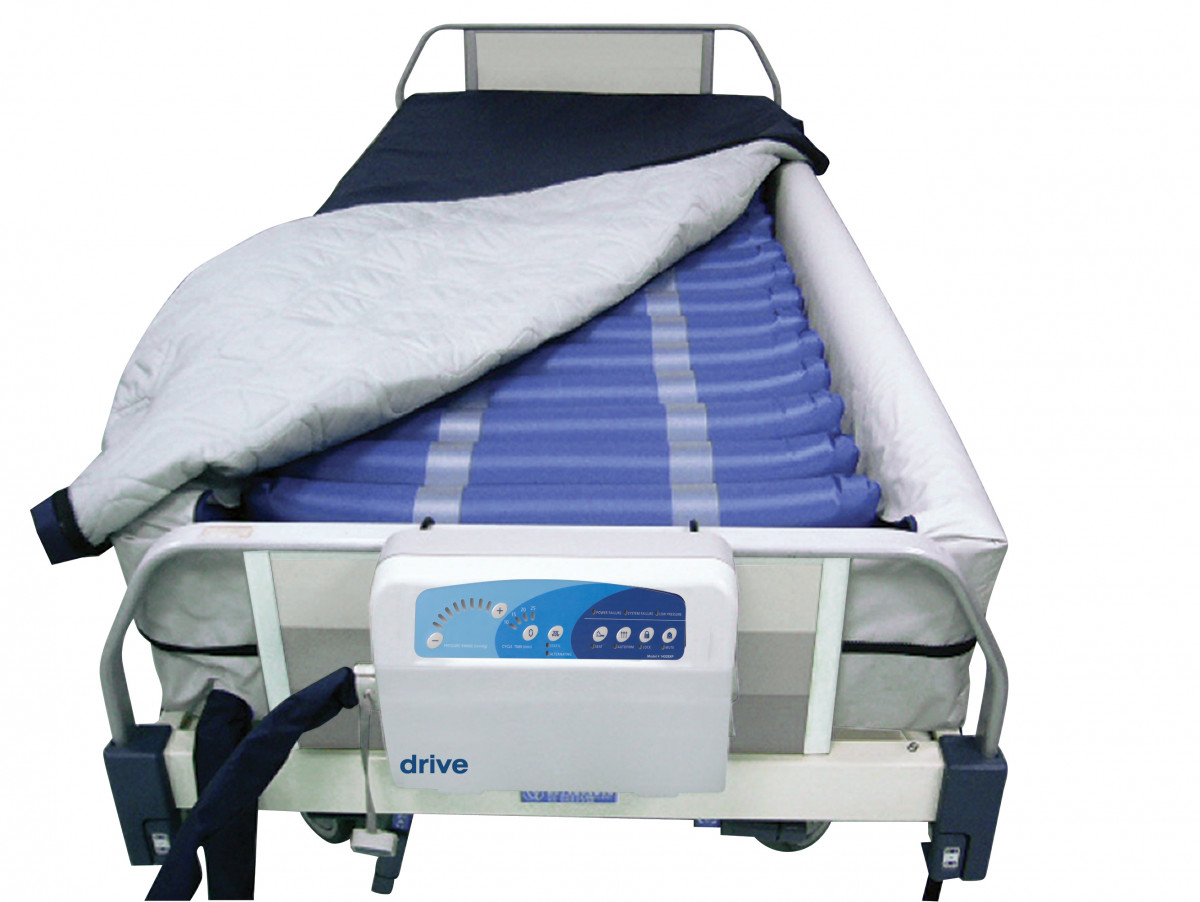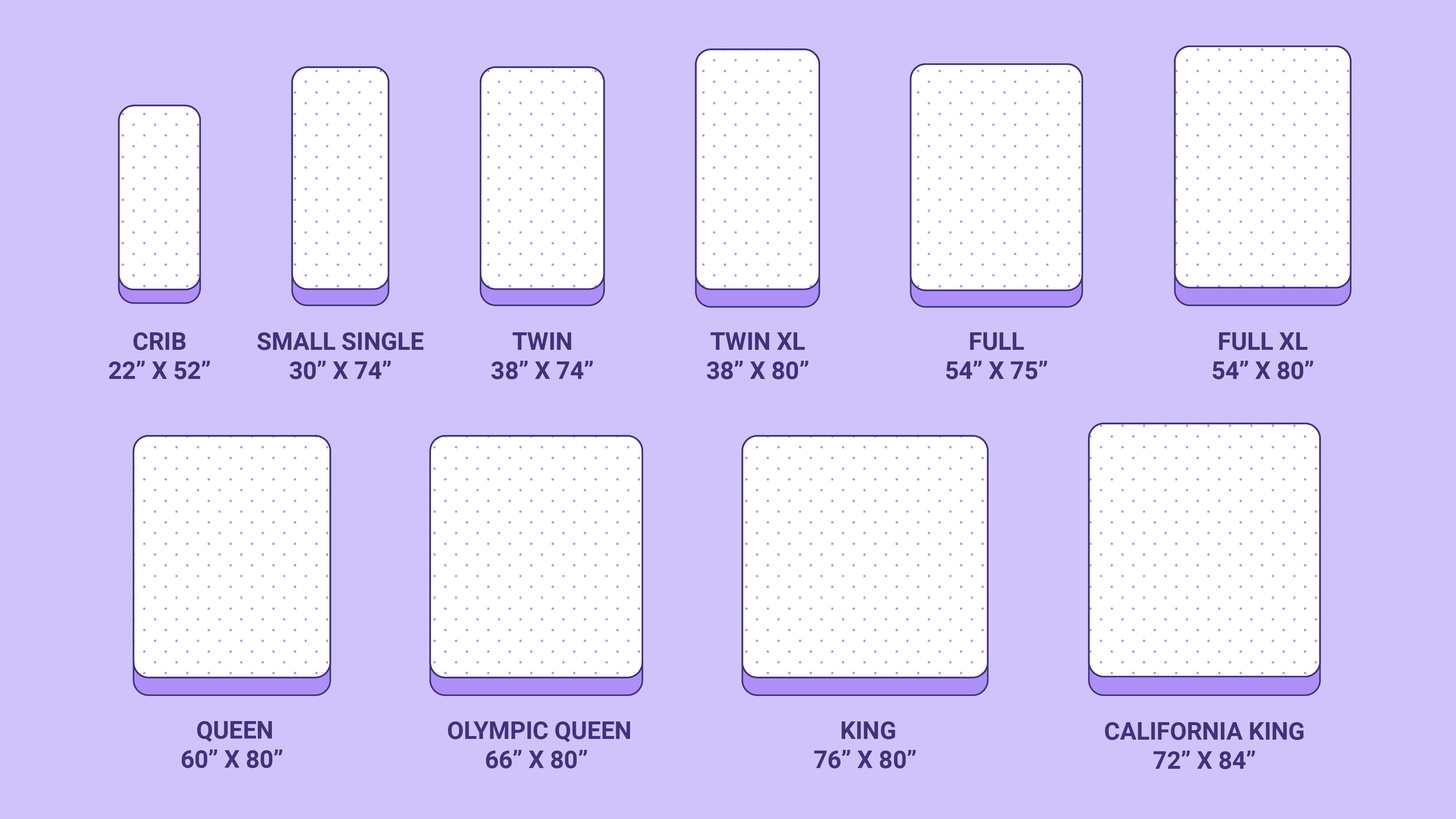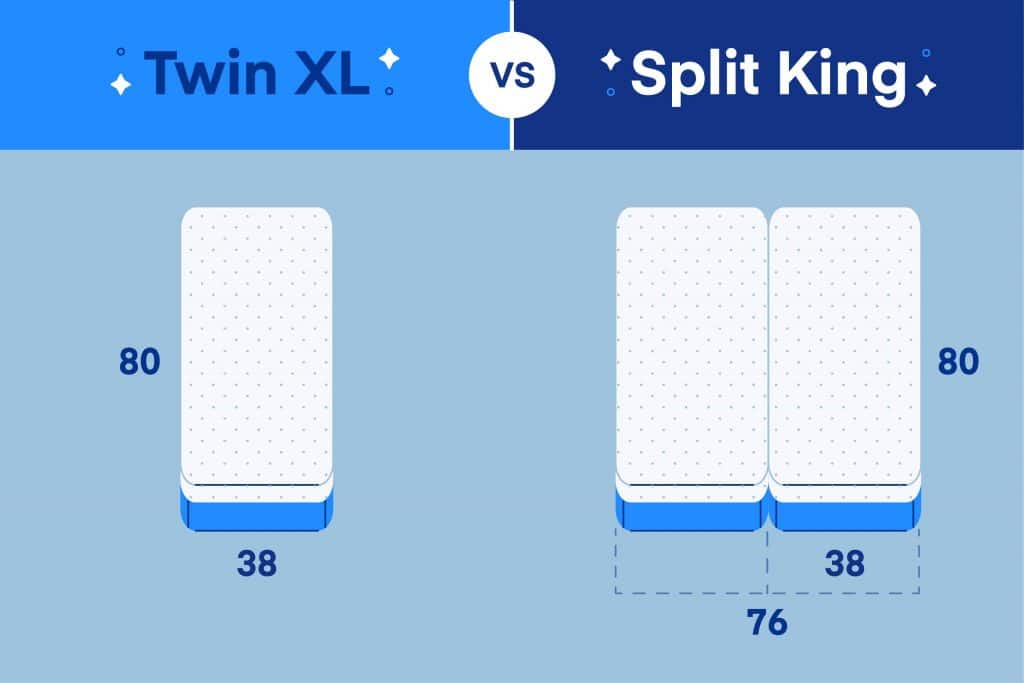Traditional kitchen design is all about making use of the space you have. Rather than having an overly busy kitchen, focus on the most important elements and arrange them in a way that’s efficient while still keeping with the classic style. For example, consider the placement of cabinets and drawers, making sure to use the full depth of the cabinet when possible in order to store the most items without making the area unnecessarily cluttered. Using Traditional Kitchen Design to Maximize Space
Lighting is one of the most important elements in traditional kitchen design because it sets the tone for the entire space. Try using classic lighting fixtures such as pendant lights or chandeliers, while avoiding fluorescent or harsh lighting. For the walls, consider using wainscoting to add texture and interest, as well as painted walls or wallpaper. Also, when choosing furniture for your traditional kitchen, opt for wood pieces such as a kitchen table and chairs, as well as cabinetry that is non-contemporary and timeless. The Essential Elements of a Traditional Kitchen Design
When creating a traditional kitchen design plan, focus on creating a room that has a balance of practicality as well as comfort. Begin by measuring the entire space and sketching out a rough floor plan. Next, look at the furniture available and decide what will fit best. Finally, start to play with colors, textures, and materials that will complement the design. Keep in mind that traditional kitchen designs often focus on warmth, symmetry, and balanced lines. Tips for Creating a Traditional Kitchen Design Plan
Creating a traditional kitchen does not have to be a daunting task. Start by selecting an essential color palette of subtle and muted colors, such as grays, blues, and whites. Then focus on finding the perfect elements that will bring the design together. Select wood furniture, antique decor, classic fabric patterns, old-school kitchen appliances, and traditional paint colors. Install beautiful natural stone countertops, a classic range hood, and plenty of storage space. Hang curtains or bring in pottery and art to finish off the space. Traditional Kitchen Design Ideas
The traditional kitchen created in the 1930s was focused on their ability to serve guests and family. Kitchens had to look attractive and inviting but also be very practical. Cabinetry was designed to be elegant, yet durable enough to stand up to the daily wear and tear of the kitchen environment. Merging elements such as butler pantries, farmhouse sink, beaded board, and raised panel cabinetry transcended traditional kitchen design.Spotlight on Traditional Kitchen Design
Mixing a modern color palette into a traditional kitchen can help brighten up the room. While traditional kitchens are often very neutral, adding a modern twist with bright colors can help the design feel more contemporary. Consider adding color with patterned wallpaper, colorful kitchen cabinets, or a backsplash. A bright color on the walls can help tie the room together while creating a more modern feel. However, it’s important to balance the traditional kitchen design with pops of color, as too much can overpower the room. How to Mix a Modern Color Palette into a Traditional Kitchen Design
Creating a traditional kitchen with maximum functionality can be achieved by modernizing certain components. For example, upgrading the cabinetry to include modern storage solutions or adding energy-efficient appliances can help make the kitchen more efficient. Consider adding pull-out storage in the cabinets to maximize the kitchen’s space, or turning the wall oven into a convection oven to reduce cooking times. Add countertop features such as breakfast bars or a coordinating kitchen island can also help make the kitchen more user-friendly and practical. Modernizing Traditional Kitchen Design for Maximum Functionality
Giving a traditional kitchen a modern twist can be achieved by incorporating the right colors, textures, and materials. For the walls and floors, opt for light and modern colors such as whites, tans, and grays. For the furniture, try choosing light colored woods or stone surfaces. Finally, add elements of texture by incorporating different materials such as metals, tile, glass, and wood. These materials can create a unique combination of traditional and modern elements that will give the kitchen a timeless style.Materials & Colors for Creating a Modern Take on Traditional Kitchen Design
Refreshing a traditional kitchen design can involve simple updates or more complete remodeling efforts. Begin by adding accessories such as new cabinet knobs, functional drawer pulls, a functional kitchen island, and a modern range hood. Then, give the room an updated look by freshening up the paint and changing out the colors. Finally, update appliances to more efficient ones to create a more eco-friendly and efficient space. Essential Tips for Refreshing Traditional Kitchen Design
Integrating technology in traditional kitchen design can help create a kitchen that is smarter, more efficient, and eco-friendly. Consider adding smart appliances such as dishwashers and ovens, which can reduce energy expenses while making the kitchen more efficient. Add voice-activated speakers and LED lighting to bring the home into the modern era. Finally, add a touch screen LCD or tablet-based system to manage tasks such as recipe discovery and grocery lists, so the kitchen is always updated and organized. Integrating Technology in Traditional Kitchen Design
Traditional kitchen designs can bring a timeless style to any modern-day kitchen. With the right mix of materials, colors, and layouts, it can be easy to create a space that looks classic and timeless without sacrificing the modern amenities of today. Every element of the kitchen should be considered, from the light fixtures and flooring to the appliances and furniture, in order to create a cohesive and inviting atmosphere. With the proper design techniques, a traditional kitchen can bring an old-world charm to any home. PRIMARY_Traditional Kitchen Design: Bring Timeless Style to Your Home
Traditional Kitchen Design - Timeless Beauty and Classy Character
 Traditional kitchen design is all about creating warmth and comfort. The timeless beauty of classic elements blend together to create the perfect atmosphere for friends and family to gather. With its expansive counter spaces, functional storage solutions, and beautiful cabinetry options, this style can make any kitchen dream come true.
Traditional kitchen design is all about creating warmth and comfort. The timeless beauty of classic elements blend together to create the perfect atmosphere for friends and family to gather. With its expansive counter spaces, functional storage solutions, and beautiful cabinetry options, this style can make any kitchen dream come true.
Style Elements that Define a Traditional Kitchen
 Traditional
kitchen design
often features a classic look that appears to be timeless and never goes out of style. The decor incorporates a variety of materials, finishes and colors which are combined in uncluttered patterns. Some common elements which are typically found in a
traditional kitchen
include paint-grade cabinets, decorated wood accents, porcelain tile, cherry wood furniture, simple wooden shelving, and a mix of distressed wood and luxurious fabrics.
Traditional
kitchen design
often features a classic look that appears to be timeless and never goes out of style. The decor incorporates a variety of materials, finishes and colors which are combined in uncluttered patterns. Some common elements which are typically found in a
traditional kitchen
include paint-grade cabinets, decorated wood accents, porcelain tile, cherry wood furniture, simple wooden shelving, and a mix of distressed wood and luxurious fabrics.
Creating Warmth with Color
 Rich colors are typically used as part of the traditional kitchen design. Earthy shades, such as tans and browns, are often used to give the space a warm, inviting feel. Deeper shades, such as navy blue and deep reds, can create an elegant, classic look. It is important to note that dark colors can be hard on the eyes after a while, so it may be helpful to use accents of white or light colors to balance the palette.
Rich colors are typically used as part of the traditional kitchen design. Earthy shades, such as tans and browns, are often used to give the space a warm, inviting feel. Deeper shades, such as navy blue and deep reds, can create an elegant, classic look. It is important to note that dark colors can be hard on the eyes after a while, so it may be helpful to use accents of white or light colors to balance the palette.
Completing the Look with Accessories
 Accessories can be used to complete the traditional kitchen design. Accessories which can be used to enhance the aesthetic include wooden cutting boards, ceramic mug sets, hand-painted pottery, and woven baskets. These items can be found in almost any color or finish and will bring a special charm to the kitchen's
traditional
atmosphere.
Accessories can be used to complete the traditional kitchen design. Accessories which can be used to enhance the aesthetic include wooden cutting boards, ceramic mug sets, hand-painted pottery, and woven baskets. These items can be found in almost any color or finish and will bring a special charm to the kitchen's
traditional
atmosphere.

























































